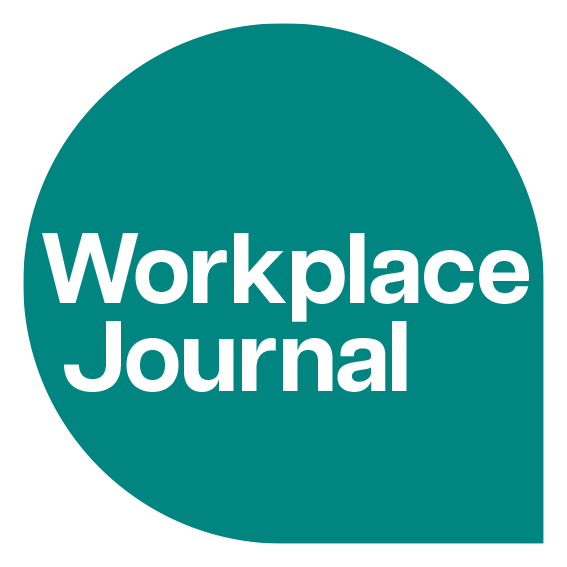The UK is facing its most significant tech skills shortage in over 15 years. According to research from the ‘Nash Squared/Harvey Nash Digital Leadership Report’, the rise of artificial intelligence (AI) has triggered the largest and fastest-developing tech talent gap seen in the UK in more than a decade.
Traditionally, organisations have responded to skills shortages through two primary strategies: “building” talent through upskilling and reskilling or “buying” it through external hiring.
But with AI accelerating at pace and the skills gap widening, is this approach still fit for purpose? Not without skills intelligence that enables real-time visibility into workforce capabilities that enables smarter decisions about how to build, buy, borrow, or bot.
Today’s workforce is struggling to keep up with the demands of the modern workplace. Our research found that employees lack skills in AI/machine learning (43%), technical skills (34% and leadership capabilities (31%) – three essential skillsets needed for sustainable business growth.
To stay ahead of the curve and remain competitive, organisations must adopt a more agile workforce planning model; one that reflects the complex reality HR and L&D leaders are navigating.
This is where the Four B’s: Build, Buy, Borrow, and Bot come into play.
Build: The heart of workforce resilience
To keep up with the rapid pace of technological advancements, the most maintainable strategy is to build skills within existing teams. This is also where employees are calling for more support, with 62% of employees rating their organisation’s AI training as average to poor.
Prioritising upskilling and reskilling that reflects the current environment and aligns with the strategic goals of the business can unlock innovation, close capabilities gaps, and empower employees to thrive. But success requires more than simply providing access to training; it demands a cultural shift.
Businesses need to embed talent development strategies into the very DNA of their organisation and create a culture that rewards curiosity and encourages continuous growth, equipping employees with the tools to adapt, lead and thrive alongside the business.
Equally important, investing in power skills, such as communication, time management and feedback delivery amongst leaders can help ensure the organisation is successful when navigating and driving innovation.
Structured talent practices, such as biannual 9-box reviews and performance cycles aligned to the organisation’s strategy cascade, will enable an ongoing evaluation of workforce capability and help leaders pinpoint remaining gaps and guide future developments.
By integrating these “Build” practices into the fabric of talent management, organisations can lay the foundations for the other pillars of the Four Bs – Buy, Borrow and Bot – ensuring a resilient and future-ready workforce.
Buy: Strategic hiring to introduce new skills
While developing internal talent is ideal for long-term success, sometimes speed is critical. Strategic external hiring can provide an immediate injection of expertise, helping businesses stay ahead of fast-moving trends and easing pressure on internal talent development cycles.
To ensure external hires are truly adding value to a business, organisations must shift toward skill-based hiring, evaluating candidates on their competencies rather than traditional credentials. Techniques like competency-based interviews and practical skill assessments can help identify talent that is ready to hit the ground running from day one.
However, the value of a new hire doesn’t end at recruitment. A robust onboarding paired with a culture of mentorship and continuous upskilling and reskilling will ensure rapid integration and alignment with team goals. Setting clear expectations early can also help new hires understand their role in the broader strategy and what success looks like.
Borrow: Tapping into external partnerships
For short-term or highly specialised needs, borrowing talent through contractors, consultants, and partner agencies can be a flexible and effective solution. These experts can fill immediate gaps without long-term commitment, but success depends on thoughtful integration.
Borrowed talent should be assessed in the same way as a permanent hire, including evaluating core skills and cultural fit, to ensure alignment with the business values and ways of working.
It is equally important that internal teams understand how to manage, integrate, learn and adapt from these experts. Leaders must foster cross-functional environments where external contributors are seen as part of the team. Used correctly, “Borrow” increases not only agility but also innovative capacity and enables expertise to contribute directly to achieving long-term corporate goals.
Bot: Empowering human talent with AI
When discussing the modern workforce, you cannot ignore the role of AI. From automating workflows to streamlining operations, AI is helping businesses move faster and be more agile in an ever-changing world.
The rise in agentic AI has added a new layer to this, as these tools can learn, reason and independently complete tasks that once required human involvement. Tasks, such as skills gap analysis, which once took hours of research and analysis, can be streamlined by an agent who can collect the data and deliver actionable insight to support more informed decision-making in a fraction of the time.
However, while AI offers many benefits to businesses, its effectiveness comes down to human readiness and how we think about “talent”.
Before deploying any AI tools, leaders must ensure their teams understand not just how to use them, but also their capabilities, limitations, and the expectations around adoption. Without this foundational knowledge, even the most advanced technologies risk being underutilised or misapplied.
Upskilling employees in AI literacy is essential, not just to operate the tools, but to manage, interpret and make decisions alongside them. When employees grasp the capabilities and limitations of AI, they’re better equipped to integrate it into their workflows, drive innovation, and contribute to a future-ready organisation.
Putting the Four B’s into practice
There’s no universal formula for balancing Build, Buy, Borrow, and Bot. The right mix will depend on your organisation’s industry, goals, budget, and workforce maturity. But there are guiding principles that can help leaders put this framework into action.
Start with a clear-eyed view of your current capabilities. A skills gap analysis will highlight where the most urgent shortages lie, and where future ones may emerge. This is where skills intelligence becomes essential, offering dynamic, real-time insights into workforce strengths, gaps, and readiness. Use Build as your foundation, investing in development that grows both individuals and the organisation. Then, activate the other levers with intent: Buy for speed, Borrow for agility, and Bot for scale, ensuring your workforce is equipped to manage and collaborate within a blended human-AI environment.
Above all, make it a shared mission. Partner across HR, IT, and business leadership to embed this strategy into the fabric of your organisation. The pace of change isn’t slowing down. It’s time to move beyond the buy vs build thinking and design talent strategies that are flexible, future-ready, and built to evolve.
Ciara Harrington is chief people officer at Skillsoft














